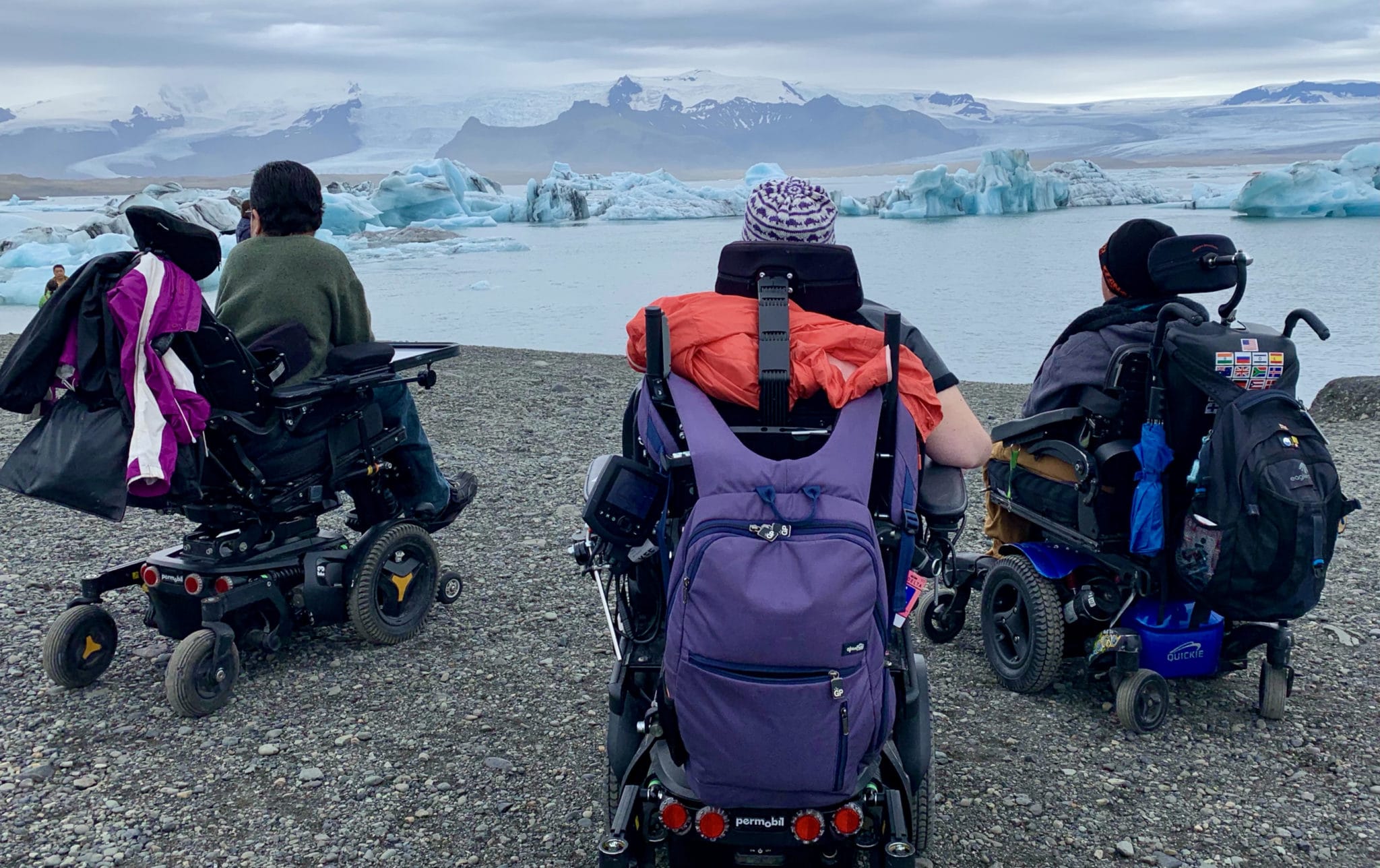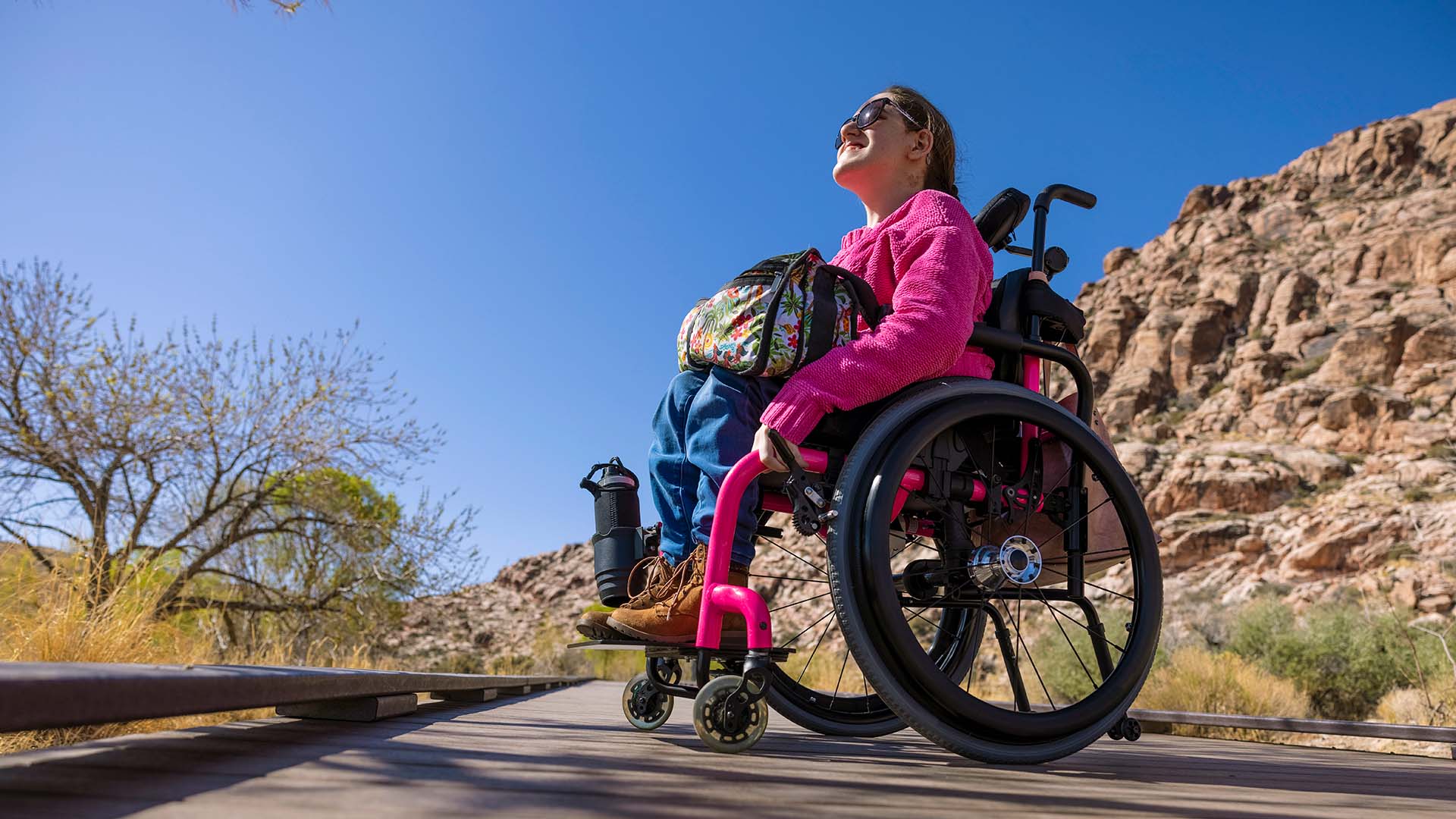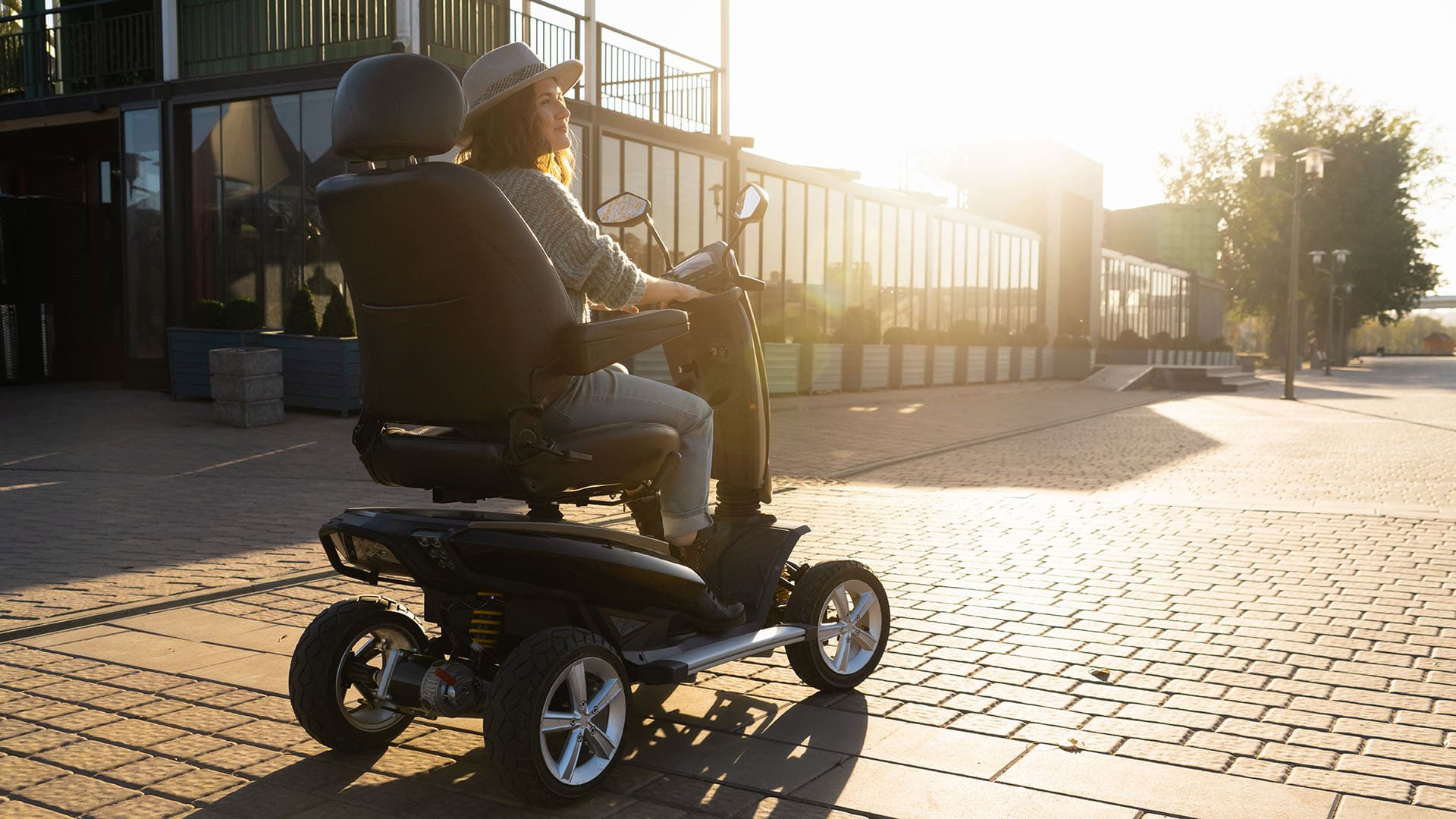
Knowledge is power, so make each accessible trip as smooth as possible. (Photo: Cory Woodard)
Tips + TrendsWhat to Consider When Planning a Trip as a Wheelchair User
By Cory LeeAs a wheelchair user myself and a frequent traveler, I totally realize that planning a trip can come with many challenges. The worries of flying with possible damage to the wheelchair and just leaving the comfort zone of home can be stressful enough.
After all, just like everyone else, wheelchair users want to be able to relax and have the most enjoyable and memorable vacation without any worries. Of course, as the saying goes, knowledge is power, and the following tips and insider intel can make each accessible trip as flawlessly smooth as possible.
As always, check for travel restrictions and closures before planning your trip.
Choosing a Destination

Before deciding on a destination, wheelchair users should always research the accessible transportation offered within the area. Nobody wants to be stuck at the airport upon arrival, and it wouldn’t be fun to be trapped at the hotel with no means to see all the sights, either.
For instance, if flying to Paris sounds amazing, then before booking that flight, Google “wheelchair accessible transportation Paris” to see what is available. By researching accessible taxis, accessible tours and accessible public transportation, including buses and transit systems, you’ll have an idea of how accommodating this city is for your particular situation.
After all, each traveler’s needs are different. While some may require a lift on a vehicle to transport the wheelchair user, others may only need space in the vehicle to store a manual wheelchair after they have transferred themselves into the seat.
Talk to the Airline
Wheelchair travelers should never assume that airlines will know how to accommodate their needs. By calling the airline to book the flight, rather than booking online, many potential setbacks can be resolved prior to leaving the gate and boarding the plane.
Wheelchair users should speak with an airline representative to let the airline know what assistance they will need to physically get into the plane seat. Also, make the airline aware of the dimensions of the chair: height, weight and width.
If using a powered wheelchair, share the details of the chair’s batteries, such as whether they are dry cell or wet cell — the information is important for the airport’s ground crew to know before they store the wheelchair in the plane’s luggage compartment.
You can find out these details by calling the provider where you purchased your wheelchair or calling the wheelchair manufacturer directly for exact details.
Rent Necessary Equipment and Have It Delivered to the Hotel

Instead of packing (and lugging around the airport) items such as a Hoyer lift, a shower chair or even a scooter to make getting around easier for manual wheelchair users, plan to rent them at the destination and have them delivered to your hotel.
Depending on your travel budget, seeking out a medical equipment store that offers rentals in your final destination may or may not be the best option. Although renting equipment will add an extra expense to the journey, the convenience of knowing that what is needed will already be at the hotel upon arrival can eliminate some of the stresses of accessible travel.
The Word “Accessible” Means Something Different to Everyone
The wheelchair traveler should know before booking any trip that just because a website may list a room or attraction as “accessible,” this does not mean that it will be accessible for the needs of everyone.
Always call directly before choosing a hotel room or booking a show or attraction, making sure to ask specific questions related to your individual needs. For instance, when I am booking a room, I call the hotel to make sure that the shower has no lip or threshold to get inside it and is truly a roll-in shower.
I have gone as far as requesting they email me photos of the shower. Again, seeing the word “accessible” may only mean that the doorway to enter is wide enough to accommodate most chairs or that an accessible parking spot is available.
Plan for Every Scenario
People in general, and wheelchair users especially, know that planning for worst-case scenarios in advance can ease headaches later. While imagining catastrophe isn’t the most fun pre-travel activity, you’ll be glad you did so if troubles arise.
Wheelchair users should remember to pack items like zip ties and duct tape, just in case something gets broken or damaged on the chair.
Also, packing appropriate tools such as Allen wrenches or a screwdriver can often tighten a loose screw on the chair that may have been jarred loose on the flight.
Remember to pack these types of items in a checked bag to eliminate delays in airport security.







